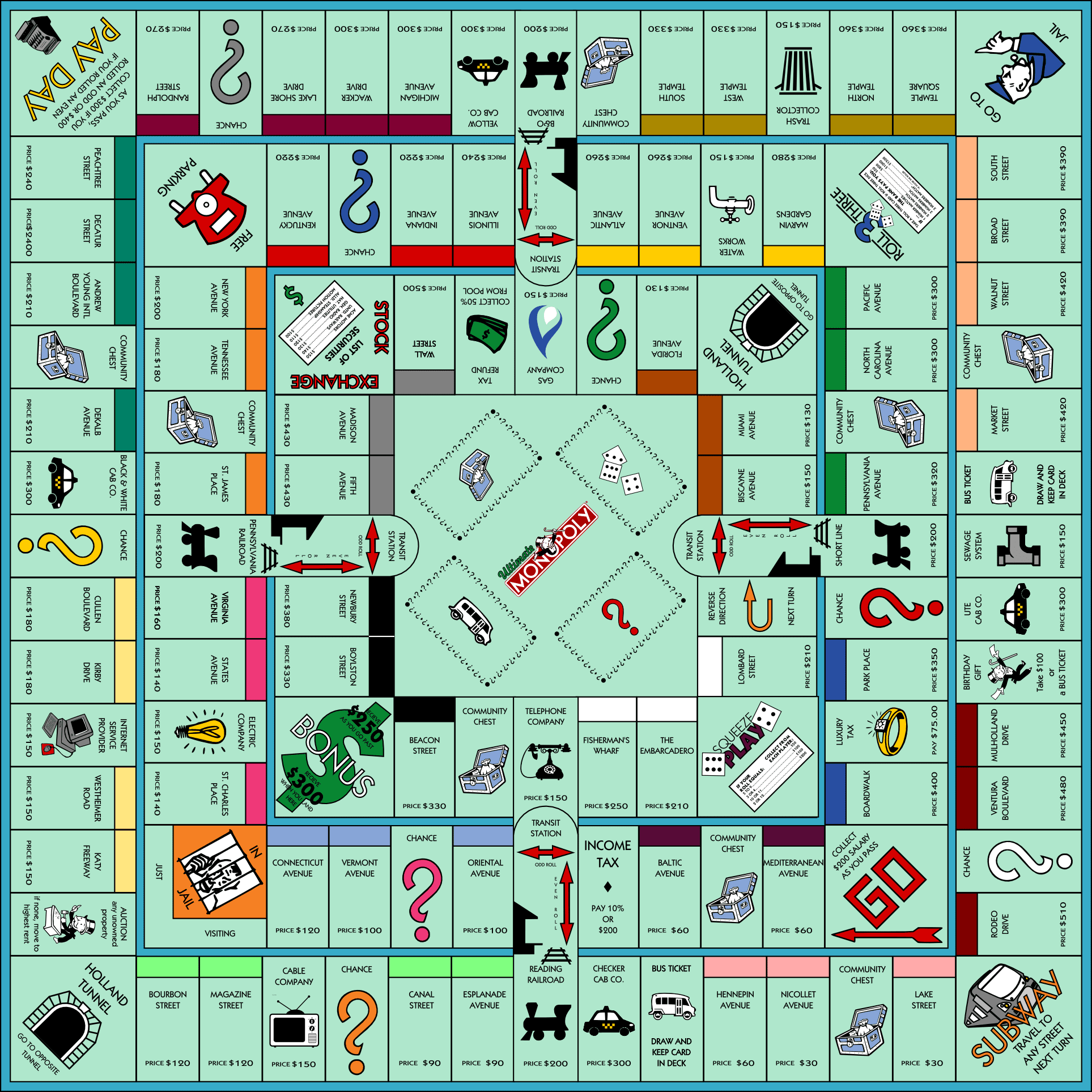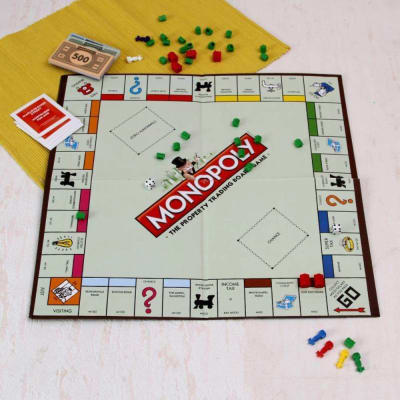

Toys and games offered a way for teachers and parents to prepare children for their adult lives. In the Game of Liberation, they aimed to reach nirvana.īritish and American manufacturers stripped the game of its religion, but they kept its emphasis on morality and the game stayed much the same: moving upwards on the board represents good moral decisions falling back is a punishment for poor choices. In Nāgapāśa, players attempted to reach a realm of one of the Hindu gods. He likely based it on earlier forms of the game he encountered as part of his pilgrimages.

A Buddhist monk, Sa-skya Pandita, created the Game of Liberation for his sick mother in the 13th century. They had different names: Nepal (Nāgapāśa) Tibet (The Game of Liberation) and India (Jñāna Chaupār). Many of these games had explicit Hindu religious themes. Monopoly and Pitt taught economics while Chutes and Ladders focused on morality.Ĭhutes and Ladders was inspired by games played in South Asia about 1,000 years ago. They gather all the copies of one product and inflate its value to reap substantial profits. Players work to gain a monopoly over an economic market. Gavitt in 1903, the game was designed (as the rulebook says), to reproduce the “excitement and confusion generally witnessed in stock and grain” exchanges. Pitt (originally Gavitt’s Stock Exchange) was made during economic panics, railroad failures, speculation and anti-monopoly movements.

Many of the games in circulation today are more than a century old. Strong Museum of Play, 109.11515 Games with meaning Gavitt’s Stock Exchange (1903), a precursor to the modern day card game Pit.


 0 kommentar(er)
0 kommentar(er)
